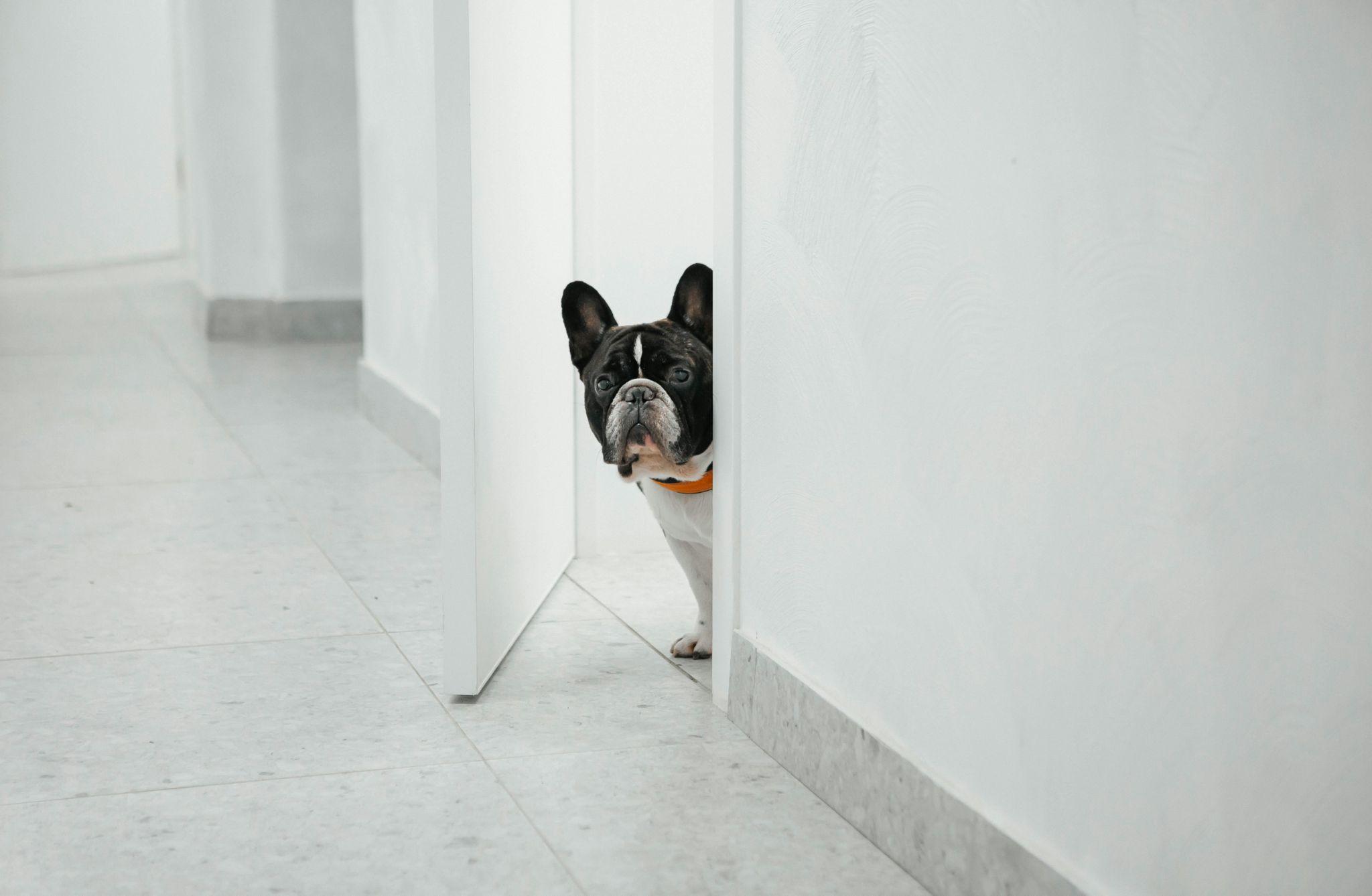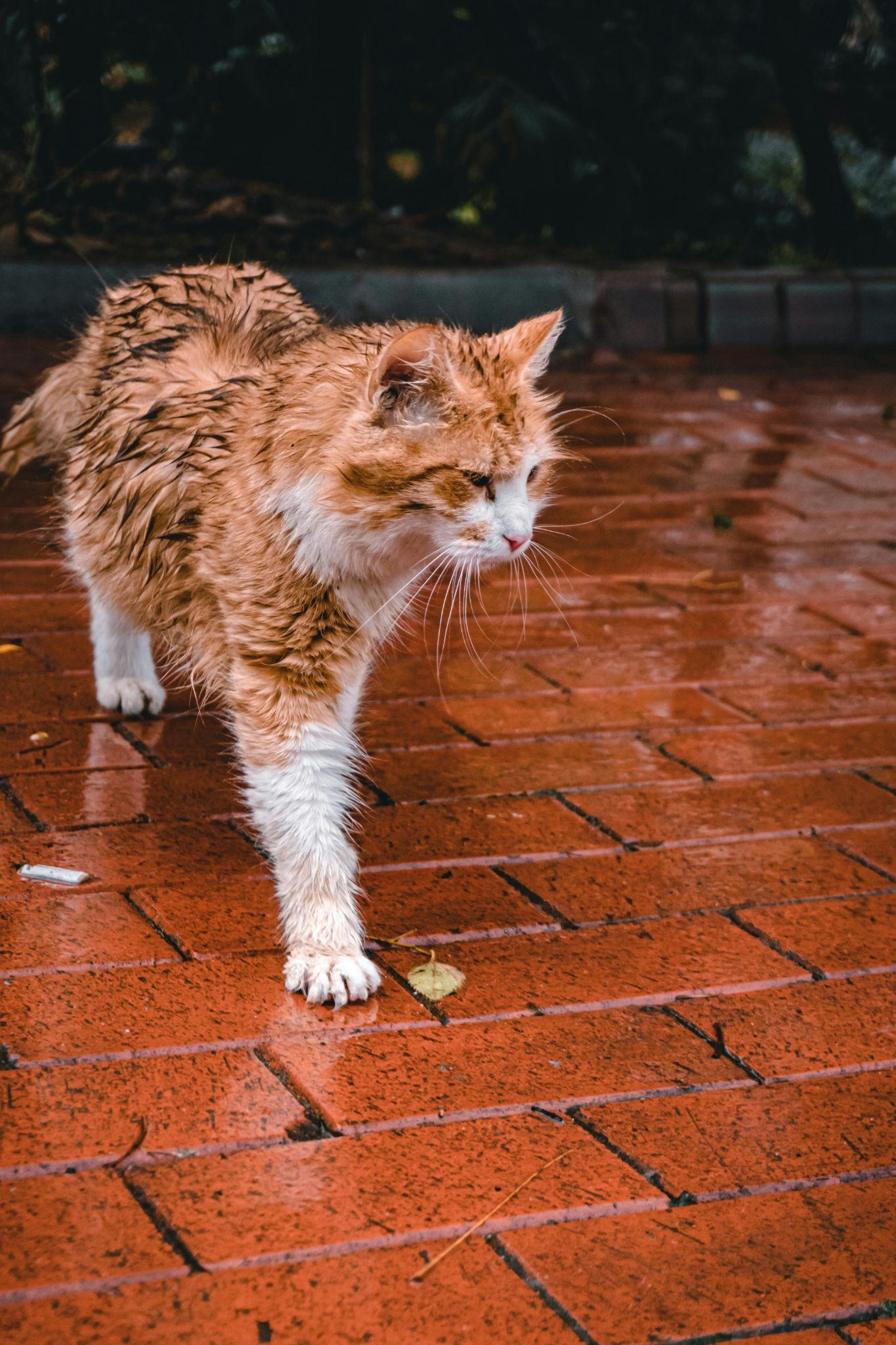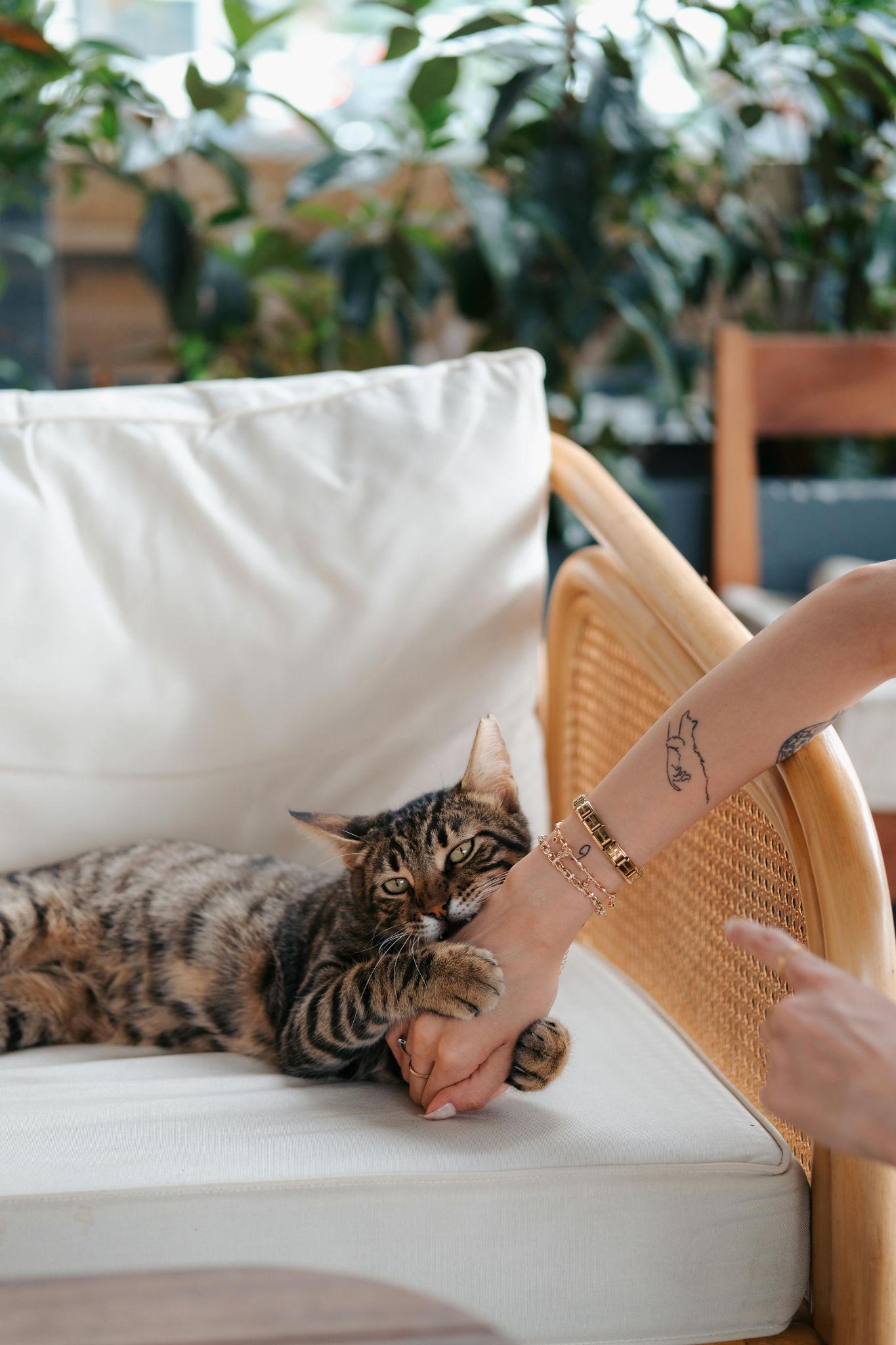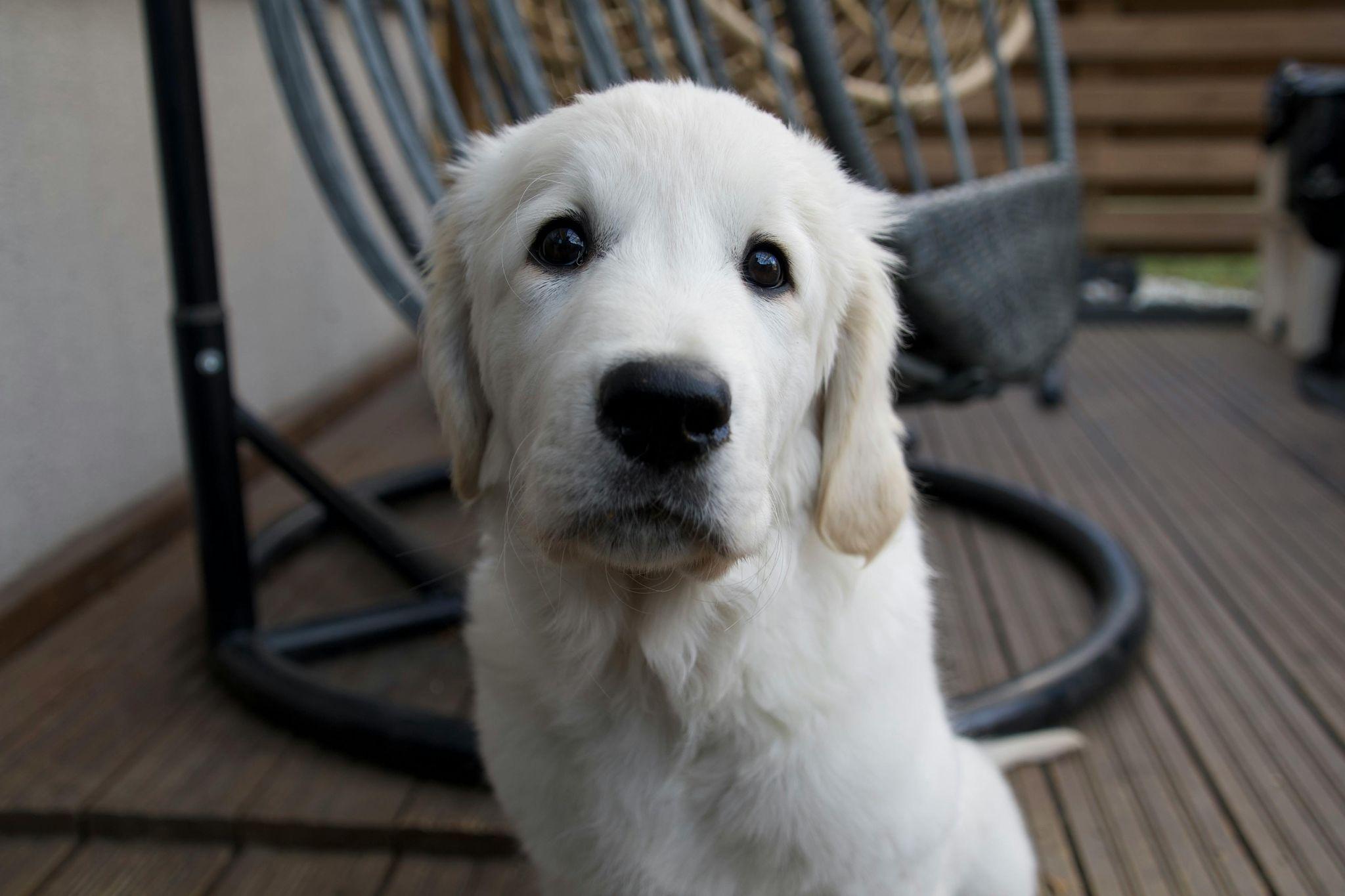How to Deal with Pet Separation Anxiety
Separation anxiety in pets can be distressing for both them and their owners. This condition often manifests when a pet experiences intense anxiety upon being left alone or separated from their owner. Recognizing the symptoms and implementing effective strategies can help alleviate this issue, leading to a happier and more secure pet. In this article, we will explore the causes, symptoms, and practical solutions for managing pet separation anxiety. 
Understanding Pet Separation Anxiety
What is Pet Separation Anxiety?
Pet separation anxiety is a behavioral issue that occurs when pets, particularly dogs and cats, become overly attached to their owners. When left alone, they may exhibit distressing behaviors such as barking, howling, destructive chewing, or inappropriate elimination. This emotional response can stem from various factors, including changes in routine, traumatic experiences, or the pet’s natural temperament.
Common Causes of Separation Anxiety
Several factors can contribute to the development of separation anxiety in pets:
- Change in Routine: Sudden changes in a pet’s environment or daily routine, such as moving to a new home or the arrival of a new family member, can trigger anxiety.
- Traumatic Experiences: Pets that have experienced abandonment, abuse, or traumatic events may develop heightened anxiety when left alone.
- Lack of Socialization: Pets that have not been properly socialized may struggle with being alone, leading to anxiety.
- Genetic Predisposition: Certain breeds are more prone to separation anxiety due to their natural instincts as social animals.
Recognizing Symptoms of Pet Separation Anxiety
Identifying the signs of separation anxiety is crucial for effective management. Here are some common symptoms: https://truepetslove.com/product/fresh-step-cat-litter/
Behavioral Symptoms
- Excessive Barking or Howling: Pets may vocalize excessively when left alone, leading to noise complaints from neighbors.
- Destructive Behavior: Chewing furniture, scratching doors, or digging are common signs of distress.
- Pacing: Pets may pace back and forth or exhibit restlessness when they sense their owner is about to leave.
- Inappropriate Elimination: Some pets may urinate or defecate indoors in response to anxiety.
Physical Symptoms
- Excessive Drooling: A stressed pet may drool more than usual.
- Loss of Appetite: Anxiety can lead to decreased interest in food.
- Shaking or Trembling: Pets may exhibit visible signs of fear or anxiety.
How to Deal with Pet Separation Anxiety
Gradual Desensitization
One of the most effective ways to manage pet separation anxiety is through gradual desensitization. This process involves training your pet to become more comfortable with being alone.
- Start Small: Begin by leaving your pet alone for short periods, gradually increasing the duration as they become more comfortable.
- Practice Departures: Get your pet used to your comings and goings without making a big fuss. This helps them learn that you will return.
- Use Treats: Leave a special treat or toy that your pet only gets when you are gone, creating a positive association with your absence.
Create a Safe Space
Establishing a comfortable and secure environment can help reduce anxiety.
- Designate a Cozy Area: Create a space with their bed, favorite toys, and blankets where they feel secure.
- Use Calming Aids: Consider using calming sprays, pheromone diffusers, or anxiety wraps to create a soothing atmosphere.
Implement a Routine
Having a consistent daily routine can provide structure and predictability for your pet. https://truepetslove.com/product/dog-camera-wi-fi/
- Regular Exercise: Ensure your pet gets plenty of exercise to expend energy before you leave.
- Consistent Feeding Schedule: Maintain a regular feeding schedule to create a sense of stability.
Counterconditioning Techniques
Counterconditioning can help change your pet’s emotional response to being left alone.
- Positive Reinforcement: Reward your pet for calm behavior when you prepare to leave, using treats or praise.
- Desensitize Triggers: Identify what triggers your pet’s anxiety (e.g., picking up your keys) and practice those actions without leaving.
Seek Professional Help
In some cases, seeking the help of a professional trainer or veterinarian may be necessary.
- Behavioral Training: A professional can provide personalized training methods to help manage your pet’s anxiety.
- Medication: In severe cases, a veterinarian may prescribe medication to alleviate anxiety.
Additional Tips for Managing Pet Separation Anxiety
Use Technology to Stay Connected
Modern technology can help you stay connected with your pet while you’re away.
- Pet Cameras: Invest in a pet camera to monitor your pet’s behavior and communicate with them via two-way audio.
- Interactive Toys: Consider interactive toys that engage your pet’s mind and keep them entertained during your absence.
Consider Pet Daycare or Sitters https://truepetslove.com/
If your pet struggles with being alone for extended periods, consider alternative care options.
- Doggy Daycare: A daycare setting provides socialization and engagement, reducing feelings of loneliness.
- Pet Sitters: Hiring a pet sitter can allow your pet to stay in familiar surroundings while receiving companionship.
Engage in Positive Activities
Engaging in stimulating activities can help reduce anxiety levels.
- Puzzle Toys: Provide toys that require problem-solving skills to keep your pet occupied.
- Training Sessions: Regular training can help reinforce positive behaviors and create mental stimulation.
Dealing with pet separation anxiety can be challenging for both you and your furry friend. By understanding the causes and recognizing the symptoms, you can implement effective strategies to help alleviate anxiety. The pet separation anxiety solutions discussed in this article—such as gradual desensitization, creating a safe space, establishing a routine, and seeking professional help—can make a significant difference. Remember, patience and consistency are key when managing pet separation anxiety. With time, understanding, and the right approach, you can help your pet feel secure and comfortable when left alone, ensuring a happier and healthier life together.
